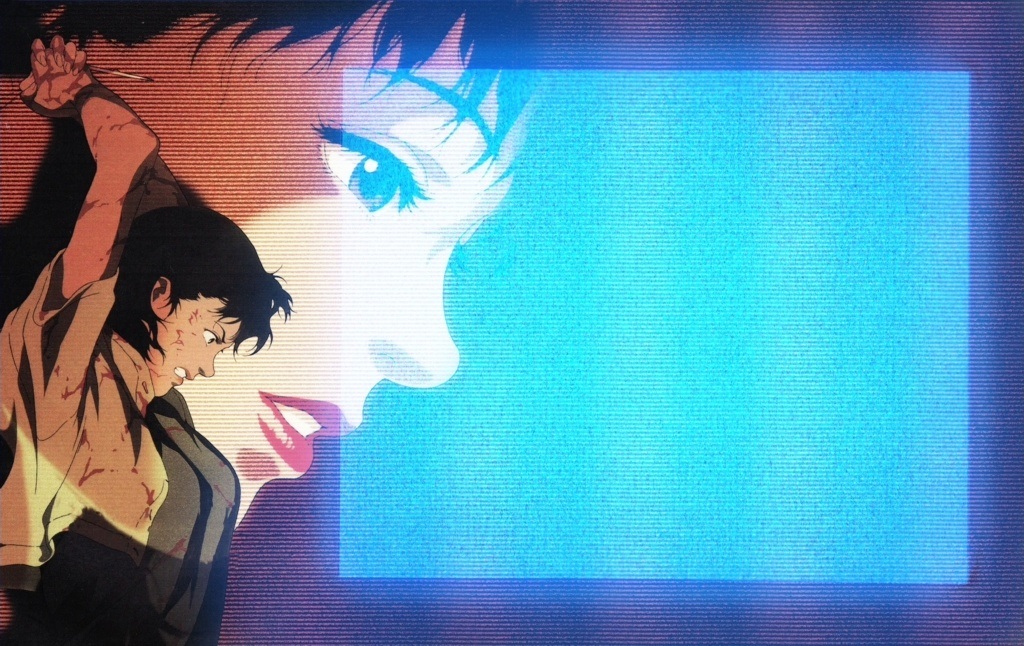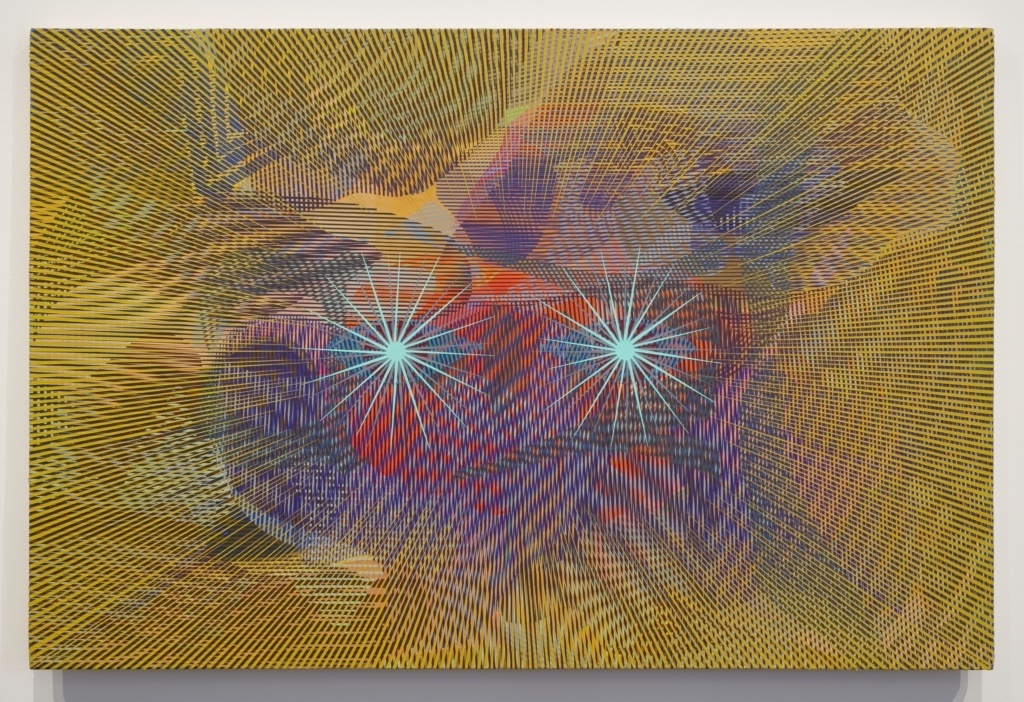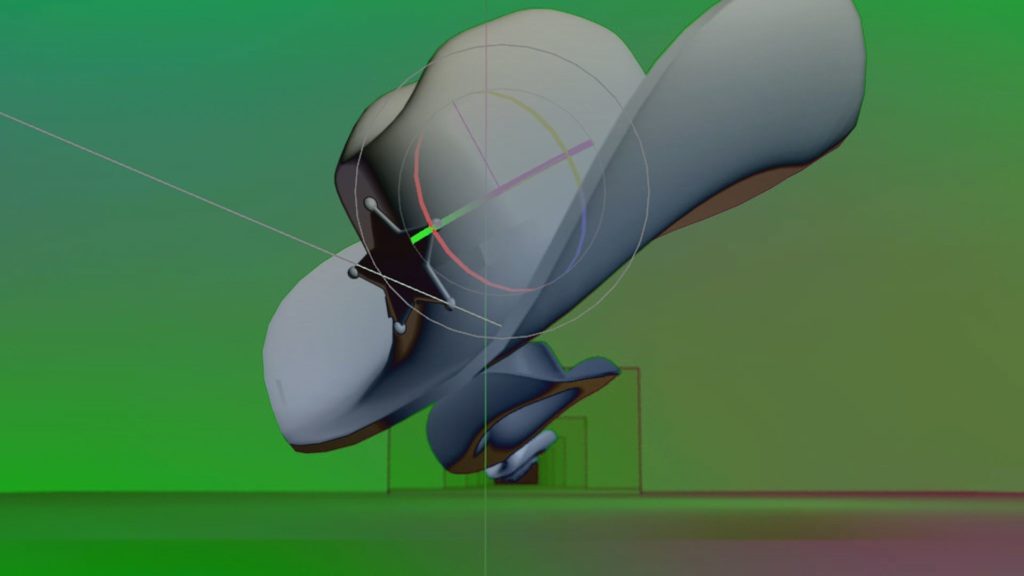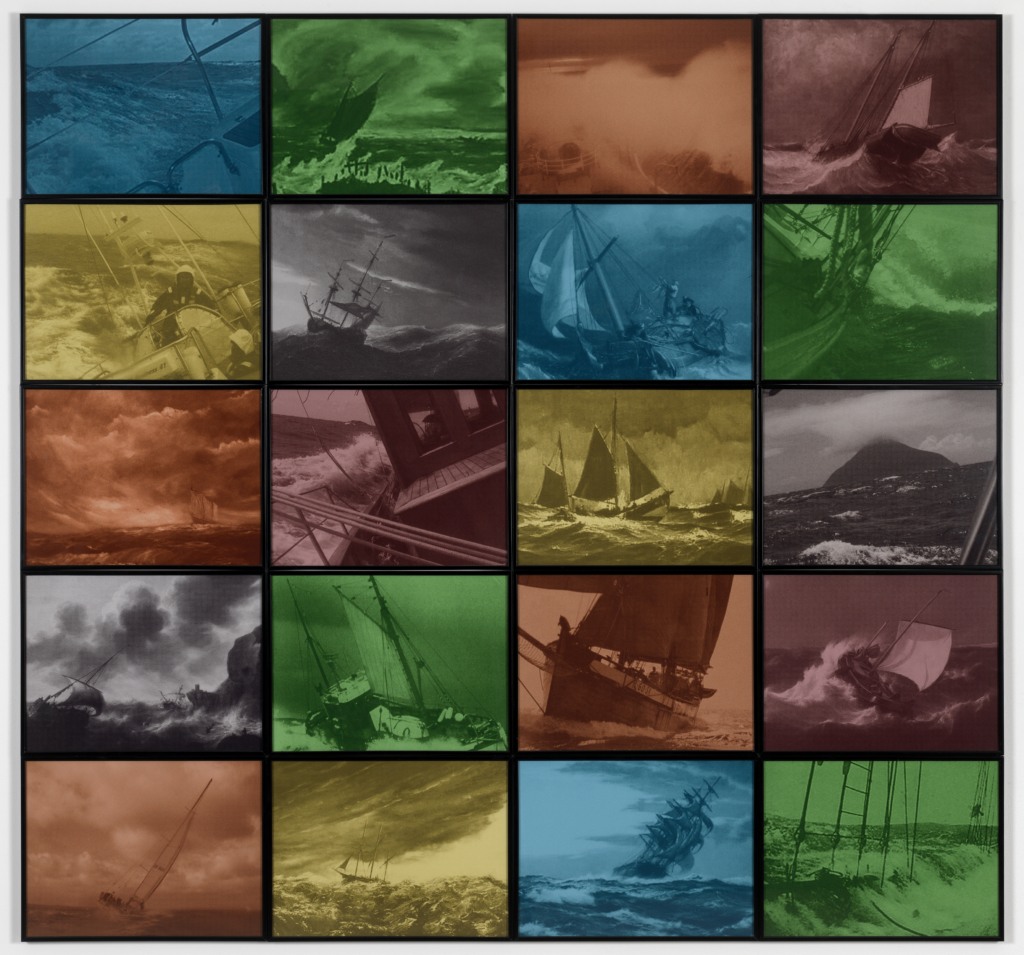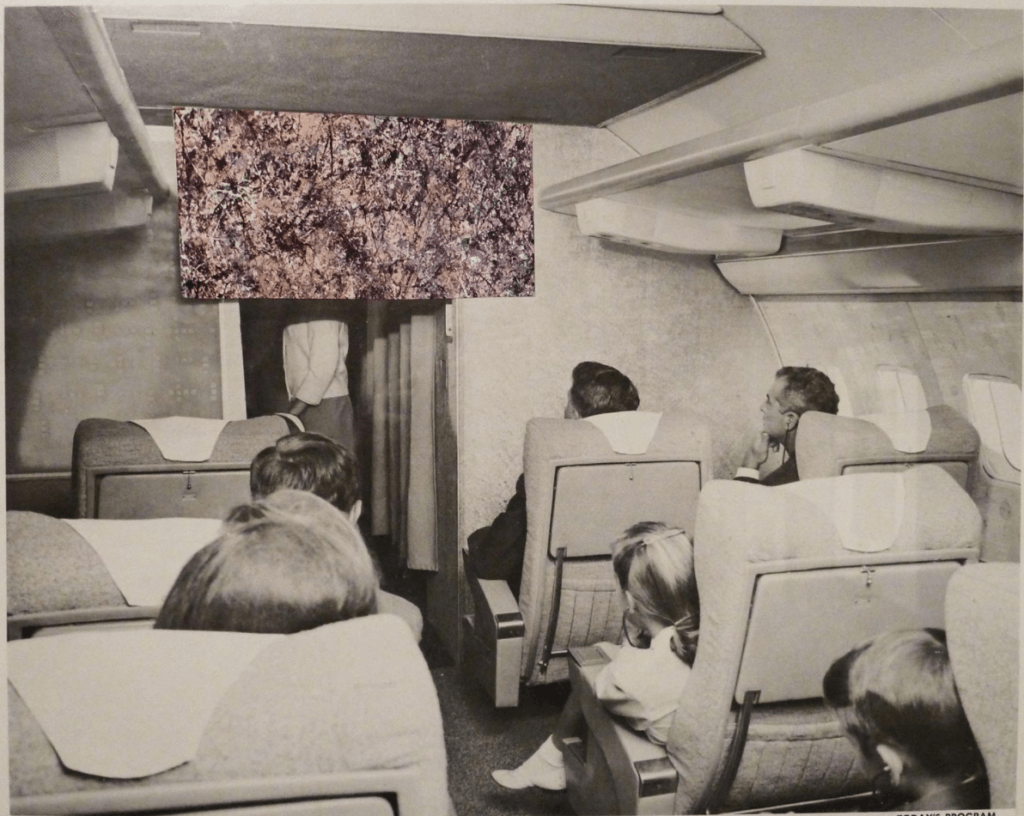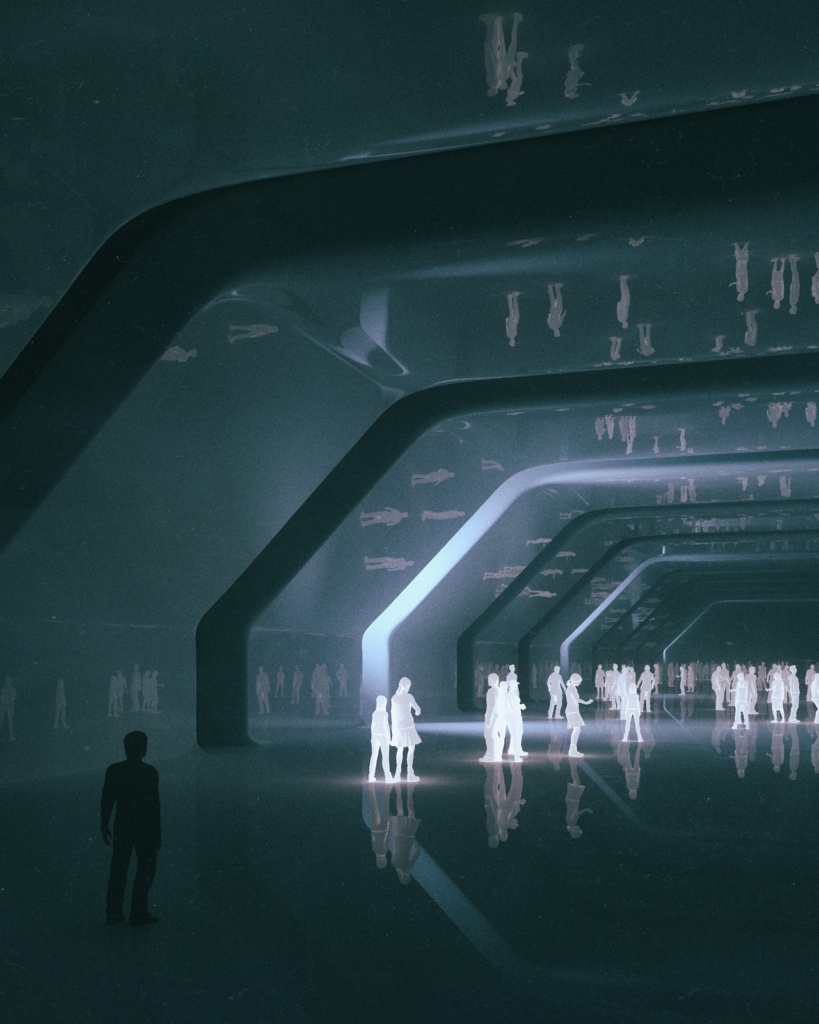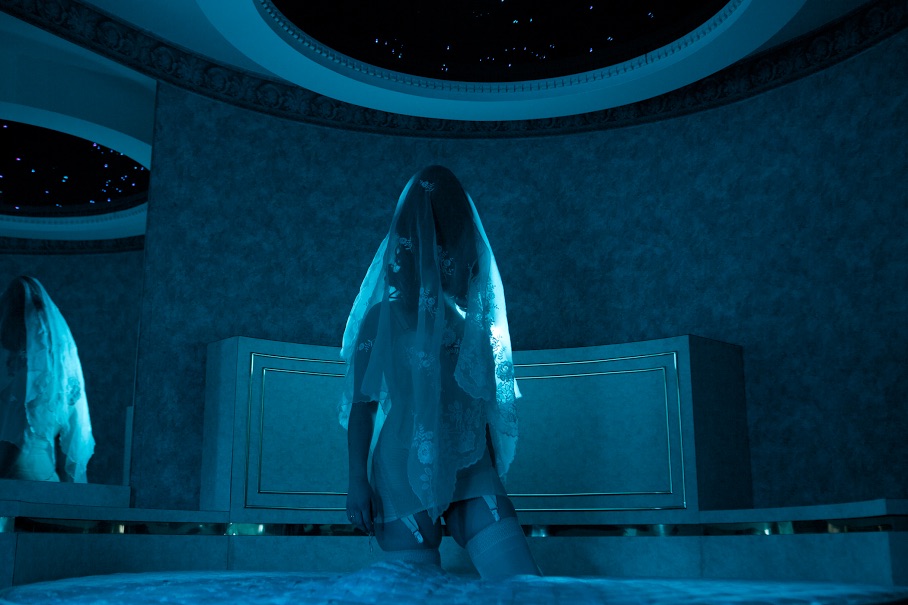Topics
Film
Cinema’s tropes and techniques
Dreaming in Color
Satoshi Kon’s movies, which paralleled the rise of social media, explore the surreal meeting of interiority and public life
True Lies
YouTube gives the viewer the sense that they — and they alone — are always in the process of “authoring” their own experience. Conspiracy media, like those in the lineage of Loose Change, can easily leverage this sense of authorship, making us feel like we’re playing a far more active role than we actually are
Is It My Body
More and more, paranormal tech horror centers around stories of possession: a self taken over by forces that are external to it and yet deeply familiar. These films speak to the sense that the 21st century body is inescapably hybrid, possessed not only by the ecological non-human, but also by the technological non-human.
